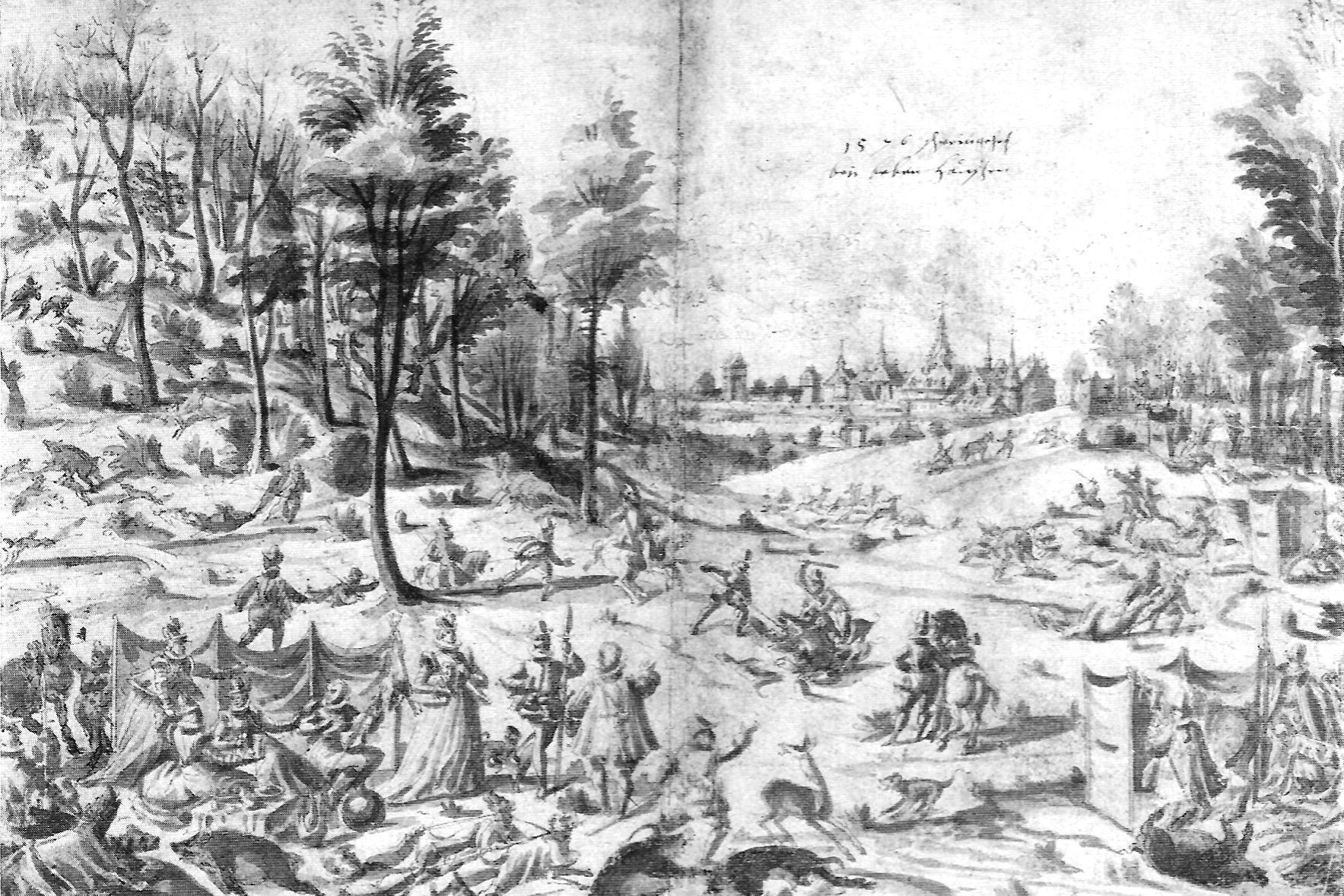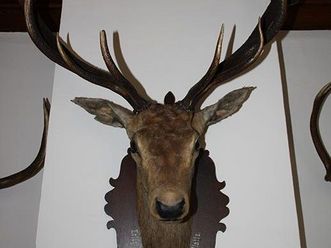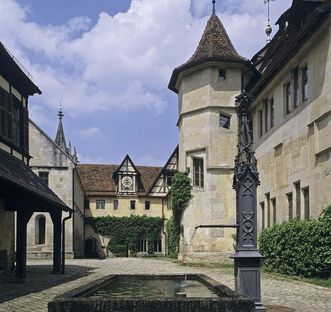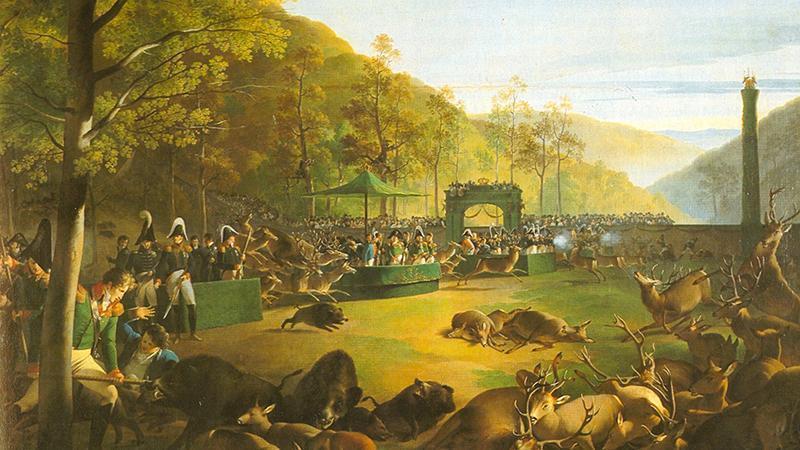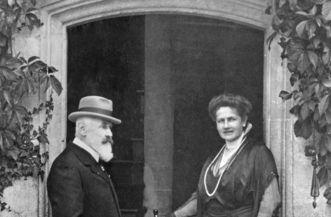Food, protection, and pastime
People secured their survival through hunting. Farming and raising cattle began much later. By the Middle Ages, hunting had increasingly become a privilege of the nobility. It no longer simply served as a means to acquire meat, but rather primarily to protect fields and cattle from wild animals. In the 18th century, court hunting culture achieved its climax as a pastime for aristocratic society.



